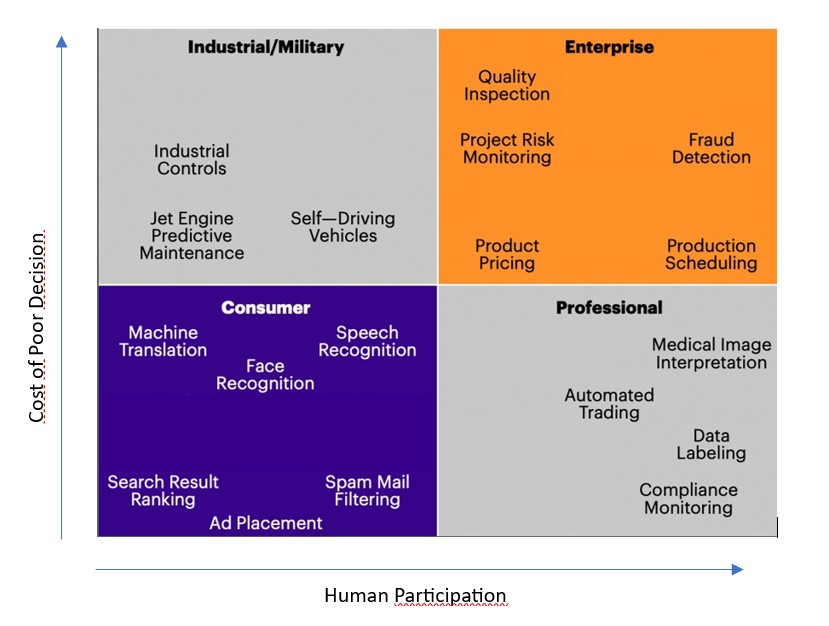The Power of X-by-design: Pioneering Transparency and Explainability through Design
In recent years, artificial intelligence (AI) has rapidly transformed various industries, revolutionizing how we interact with technology and process information. However, alongside these advancements, concerns about the transparency and interpretability of AI systems have emerged. The concept of “explainable AI” (XAI) has thus gained significant traction, urging researchers and developers to integrate transparency into the very fabric of AI design. This blog post delves into the critical realm of explainability by design, examining its significance and impact on shaping the future of AI-driven technologies, focusing on the X-by-design approach developed in the XMANAI project. Our research project, centered on the development of an XAI platform tailored for the manufacturing domain, seeks to champion transparency and explainability in the realm of manufacturing.
X-by-design: the Paradigm Shift
Explainable AI refers to the capability of AI systems to clarify their decision-making processes and provide understandable explanations for their outputs. By enabling users to comprehend how an AI arrives at a specific conclusion, explainable AI fosters trust enhances accountability, and facilitates better decision-making. To address the challenges associated with post hoc interpretability techniques, the paradigm of “explainability by design” has gained prominence. This approach emphasizes integrating interpretability mechanisms directly into the architecture of AI models during the developmental phase. By prioritizing explainability from the outset, AI designers, engineers, and data scientists can construct models that inherently offer transparent insights into their decision-making processes, thereby mitigating the need for complex and often unreliable post hoc explanations.
While implementing XAI solutions, it is highly relevant to identify which are the benefits that an explainable AI system will provide in comparison with a conventional AI system. To do so is necessary to take into account the so-called “cost of poor decision”. This concept implies that as the human impacts and implications of AI decisions increase, so does the need to explain what lies behind the AI decision-making system. The rising cost of poor decisions maps the potential cost of those decisions that do not allow to incorporate the humans in the loop. The chart shows that the need for explainable AI rises with the potential cost of poor decisions so XAI problems can be found closer to the top right. Vice versa, closer to the bottom and left of the chart directly guides AI problems.

In XMANAI we worked on strengthening the design and implementation of explainability, by developing and adopting the X-by-design approach: putting the focus on creating an XAI platform that not only delivers exceptional performance but also prioritises explainability and fosters meaningful human-AI interactions, for supporting the decision-making process in manufacturing.
X-by-design: the Process
The X-by-Design approach is a comprehensive process to design XAI applications with meaningful and usable human-XAI interactions. The realization of this process has been supported by the usage of specific tools at each step and created and adapted for the X-by-Design process.
The process is formed by several steps:
- User research activities: to define the main activities considered and the context of the XAI solutions. Use Cases and information about users are collected and analyzed.
- Definition of users’ needs: the main needs of organizations and end-users are defined.
- Definition of explainability requirements: explainability needs are defined using the outcomes of the previous steps. The main explainability requirements of users are described with respect to how the solution should provide results and how to support the decision-making in the organization. Specific explainability user stories are created.
- Prioritization of explainability requirements: from the explainability requirements the possible explainability types are analyzed and prioritized according to the needs and to the different technical solutions.
- Interfaces prototyping: prototypes are developed from the overall information collected and analyzed in the steps before.
The X-by-Design process begins with the definition of specific use cases for the project’s demonstrators. Through a comprehensive questionnaire, more data about XAI’s needs and vision were collected. Collaborative workshops held with the demonstrators further enhanced our understanding, enabling us to chart user journey maps for each demonstrator, considering the unique contexts in which the XAI will be utilized.
Building upon this groundwork, explainable user stories were crafted, laying out the specific explainability requirements associated with each use case. The requirements and the user stories were the elements used to facilitate the selection of appropriate visualization methods to make explainable the model’s results.
The culmination of the process is seamlessly integrated into the development of demonstrators applications. Leveraging the capabilities of the XMANAI platform, purpose-built XAI interfaces were designed and implemented to deliver XAI and support the critical decision-making process of each demonstrator.
X-by-Design is an answer to the increasing need for a transformative shift in AI adoption, especially in the manufacturing landscape, where transparency, accountability, and operational efficiency are cornerstones. By championing the cause of explainable AI within the manufacturing domain, with X-by-Design a future where AI-driven insights seamlessly integrate with human expertise is envisioned, laying the foundation for a manufacturing ecosystem that is not just efficient and productive but also transparent, accountable, and future-ready.

